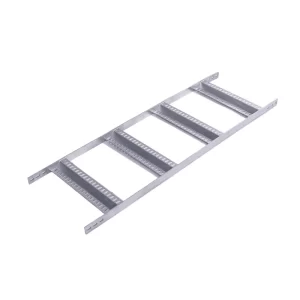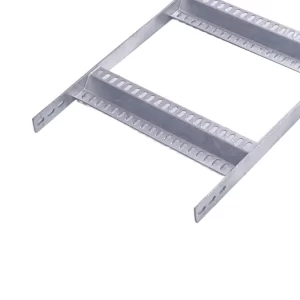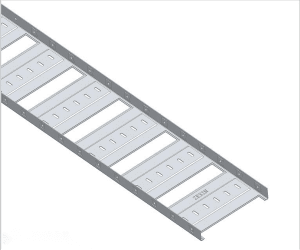The standard sizes of cable trays vary depending on the manufacturer, application requirements, and regional standards. Cable trays come in various dimensions to accommodate different cable loads, space limitations, and environmental conditions. Understanding the common sizes and types of cable trays can help in selecting the most suitable option for specific projects. In this article, we’ll explore the typical dimensions, factors influencing size selection, and the importance of adhering to standards and guidelines.

Common Cable Tray Sizes
Cable trays are available in a wide range of sizes, but some standard widths are more commonly used:
1. 300 mm (12 inches)
2. 600 mm (24 inches)
3. 900 mm (36 inches)
4. 1200 mm (48 inches)
These widths are popular because they can effectively manage a variety of cable loads while fitting into most industrial and commercial building designs. However, cable trays can be found in smaller and larger sizes to meet specific project needs.
Depth Variations
In addition to width, cable trays also differ in depth. Standard depths include:
1. 75 mm (3 inches)
2. 100 mm (4 inches)
3. 150 mm (6 inches)
4. 200 mm (8 inches)
5. 300 mm (12 inches)
6. 400 mm (16 inches)
The depth of a cable tray is crucial as it determines the capacity for cable volume. Deeper trays are necessary for projects with a high density of cables or when larger cables are used.

Lengths and Customization
Cable trays are typically manufactured in standard lengths ranging from 1 meter (39 inches) to 6 meters (240 inches). Longer lengths may be available upon request or for special projects. Customization options are often provided by manufacturers to cater to unique project specifications.
Factors Influencing Size Selection
1. Cable Load
The number and type of cables that need to be accommodated dictate the size of the cable tray. It’s important to ensure there is enough space for current and future expansion.
2. Space Availability
The physical space available for cable tray installation can limit the size options. Tight spaces might require narrower trays, while expansive areas can accommodate wider trays.
3. Environmental Conditions
Harsh environments might necessitate larger sizes to allow for better air circulation and cooling.
4. Building Codes and Standards
Adherence to local building codes and industry standards, such as those set by the National Electrical Code (NEC) in the United States, influences size selection. These guidelines ensure safety and compliance.

Importance of Standards
Standards and guidelines for cable tray sizing and installation are crucial for several reasons:
1. Safety
Standards ensure that cable trays are installed safely, preventing fire hazards, electrical malfunctions, and injuries.
2. Performance
Properly sized cable trays maintain optimal performance by allowing adequate airflow and preventing overheating.
3. Compliance
Adhering to standards avoids legal issues and ensures that installations meet regulatory requirements.
4. Efficiency
Correct sizing leads to efficient use of resources, minimizing waste and optimizing cost.
Conclusion
Selecting the right size for a cable tray involves considering multiple factors including the load capacity, space availability, environmental conditions, and adherence to standards. Common sizes provide a starting point, but customization is often necessary for specialized applications. By carefully evaluating these factors and consulting with experienced professionals, you can ensure that your cable tray system meets the demands of your project while complying with safety and efficiency standards.

